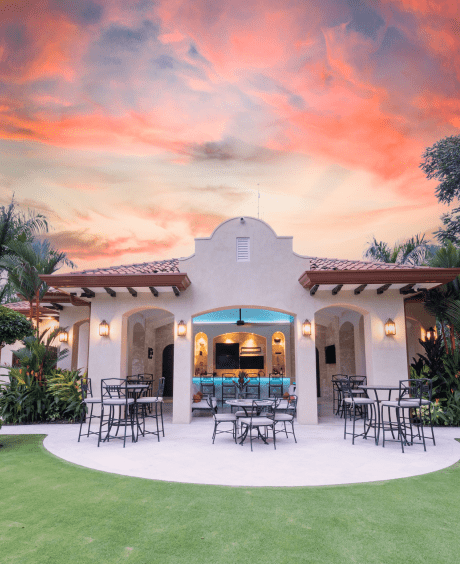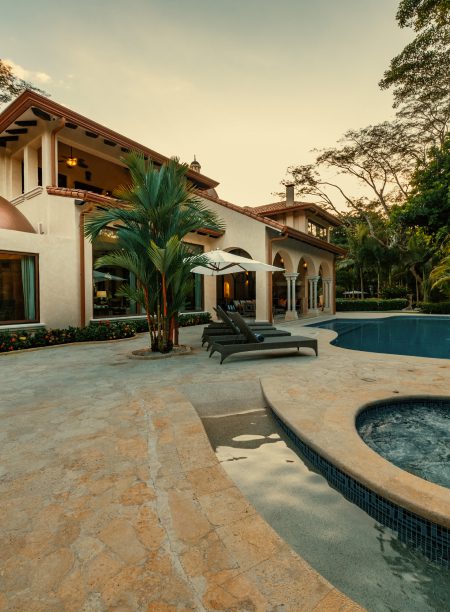Meet Alajuela City, Costa Rica’s gem in the Central Valley. The streets seem to talk about the past, like memories from a favorite storybook. This city is more than simply a spot you drive past on your way to the airport; it’s a bridge between the past and the present, where history and modern life collide in a truly fantastic way.
Historians say Alajuela has so many stories about Costa Rica that they could fill a library, making it highly influential to the country’s history and culture. Stay to read more and discover why this incredible location is worth seeing.
Early Origins and Colonial Influence
It was 1782, the planned city of Alajuela received official approval from the Spanish monarchy, which was always keen to expand its influence in America.
This fertile land was not picked by chance but strategically chosen for agricultural expansion and easy access to commercial routes. This was no ordinary village but an essential piece of Spain’s colonial mosaic.
Alajuela has thrived in the fertile volcanic soils that have supported it from the start. The city soon developed into a center for cattle, coffee tours, and sugarcane—products that would influence its culture and economy.
Even today, as you walk through its streets, you can feel the history around you. The concrete walkways, well-preserved colonial buildings, and old chapels look like they came from a vintage painting. These landmarks are not just structures; they represent the spirit of a city that has kept its history alive.
Alajuela’s Role in Costa Rica’s Independence
Alajuela was at the forefront of Costa Rica’s struggle for independence from Spain in 1821. Consider the anxiety, optimism, and zeal that people felt when they claimed their freedom!
This city went in straight rather than merely observing from the sidelines. When a scheme to restore Spanish power threatened in 1826, Alajuela’s resisted, demonstrating that their spirit was as resilient as the surrounding volcanoes.
Local heroes, alongside figures like Juan Santamaría, a young drummer boy, helped forge a path to freedom that still resonates today.
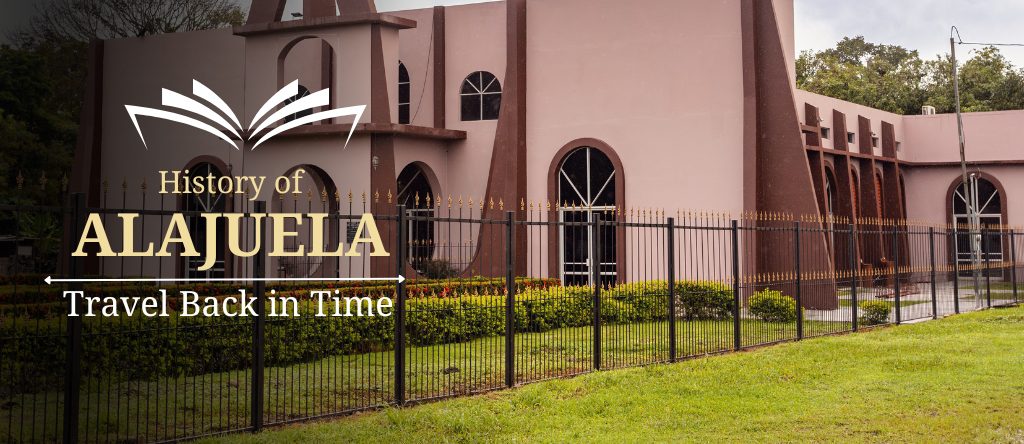
Juan Santamaría and His Legacy
Every hero has a backstory, and Juan Santamaría’s can inspire a glimmer of pride in even the toughest person. Juan was a modest drummer in the Costa Rican army when he committed the unthinkable. He was born in Alajuela.
He offered to burn down a crucial enemy position occupied by William Walker’s filibuster forces during the Battle of Rivas in 1856. He charged toward certain death with courage and a lighted torch. He was successful in preventing a foreign takeover of the nation, even if it cost him his life.
The Juan Santamaría Museum has a strong sense of presence. It feels like entering a time machine because it is housed in a historic stronghold. His courage is vividly depicted in the museum’s exhibits, which include artifacts, pictures, and interactive displays.
He is now Costa Rica’s national hero, and Alajuela wears the title like a vintage brooch—understated yet stunning.
Historical Landmarks and Cultural Monuments
Alajuela’s landmarks are its works of art, and its streets are a gallery of history. For example, in the city’s center is Juan Santamaría Park, where a bronze statue of a hero stands watch, flanked by cannons that seem to recite stories of past conflicts.
The Alajuela Cathedral follows, its red dome shining like a lighthouse of determination and faith. History and everyday life coexist at these locations, in the Central Market and cultural hubs.
According to local historians, the Alajuela Cultural Center organizes events such as music festivals and art exhibits that preserve the city’s legacy. The past and present hold hands and call you to explore the land.
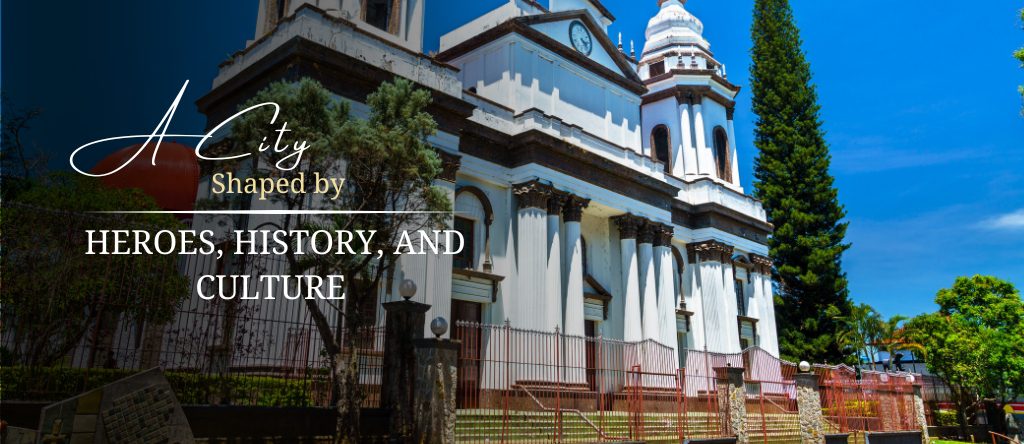
Alajuela in Modern Times
One might assume that a city with such a rich history would be confined there. Alajuela, no. It has developed into one of Costa Rica’s liveliest cities throughout the past century. It is a place that is currently creating history, not merely a place to study it.
Alajuela has expanded, but not to the point that its roots are being strangled out by the growth of industry, education, and modern amenities. The city’s character has been preserved despite the tasteful addition of layers.
Cafés line the streets where horses used to roam. Beside century-old bakeries are art galleries. Locals combine street marketplaces and smartphones. Here, the past and present swirl and hold hands.
Blend of History and Nature
Here’s where Alajuela really shines, it’s not just history—it’s a love letter to nature, too. Alajuela doesn’t merely take pride in its architecture. It is tucked away in some of the most breathtaking natural settings in Costa Rica. The kind that causes you to smile more broadly, walk more slowly, and take deeper breaths.
The city core is only a short drive from Poás Volcano National Park. It’s one of the most stunning locations in the nation, with its blue crater lake and striking steam vents. By morning, you might study colonial trade networks; by afternoon, you might look into a volcano’s jaws.
Alajuela is a unique treasure because of its distinctive fusion of ecotourism and historical richness.
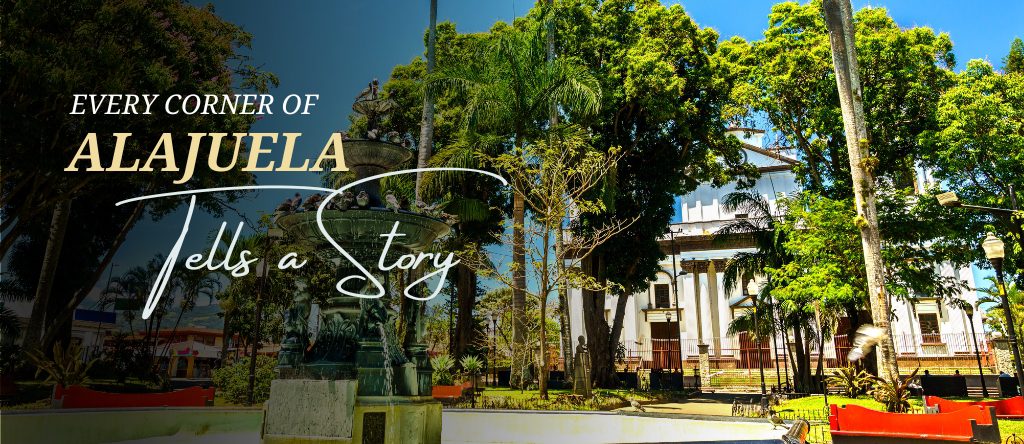
Conclusion
Alajuela is a living manuscript bound in cobblestone and cathedral bells, its pages written by farmers, rebels, saints, and visionaries.
From its fiery role in Costa Rica’s independence to the heroic legend of Juan Santamaría, and from its historic landmarks to the natural wonders like Poás Volcano, Alajuela isn’t just holding onto its past—it’s wearing it like a crown, shining brighter with each new day.
When you can explore the vast and amazing universe of this city, why limit yourself to dull old travel guides?
Alajuela is like discovering the golden ticket to a chocolate factory, but with more history and fewer Oompa-Loompas. So, grab your spirit of adventure, pack some sunscreen, and get there. You’ll come back with tales to share, a tan to show off, and a heart full of joy.
Get, set, and explore!










